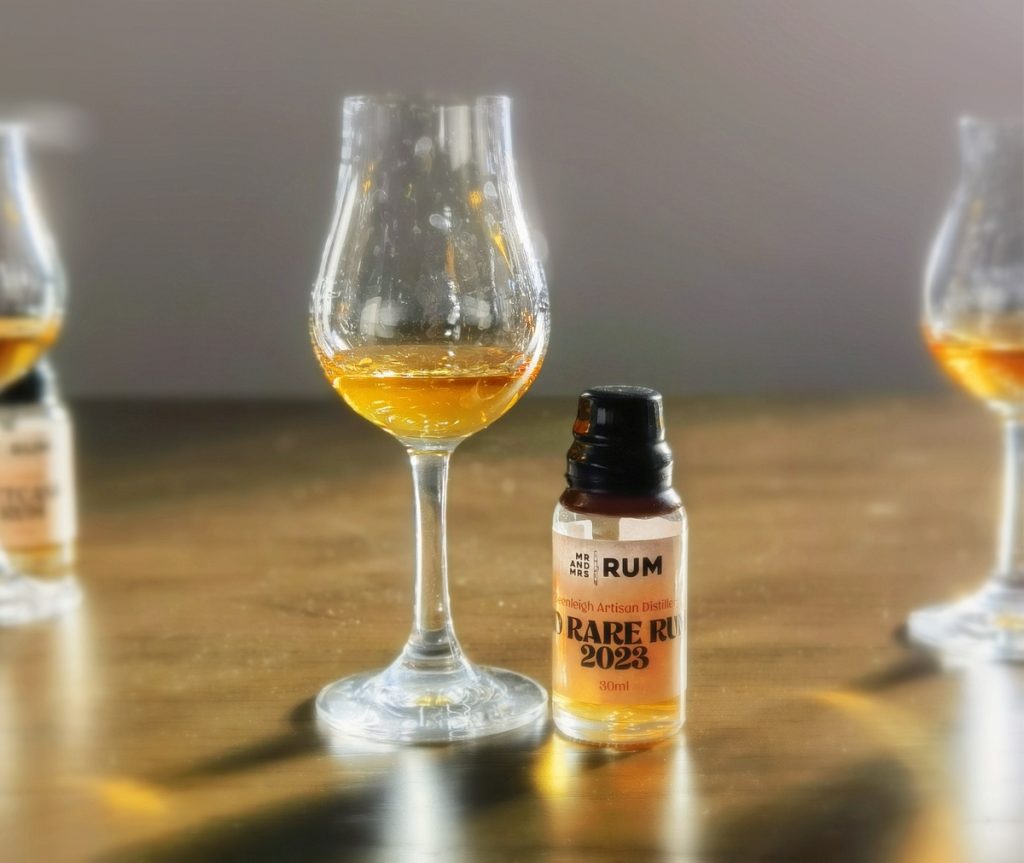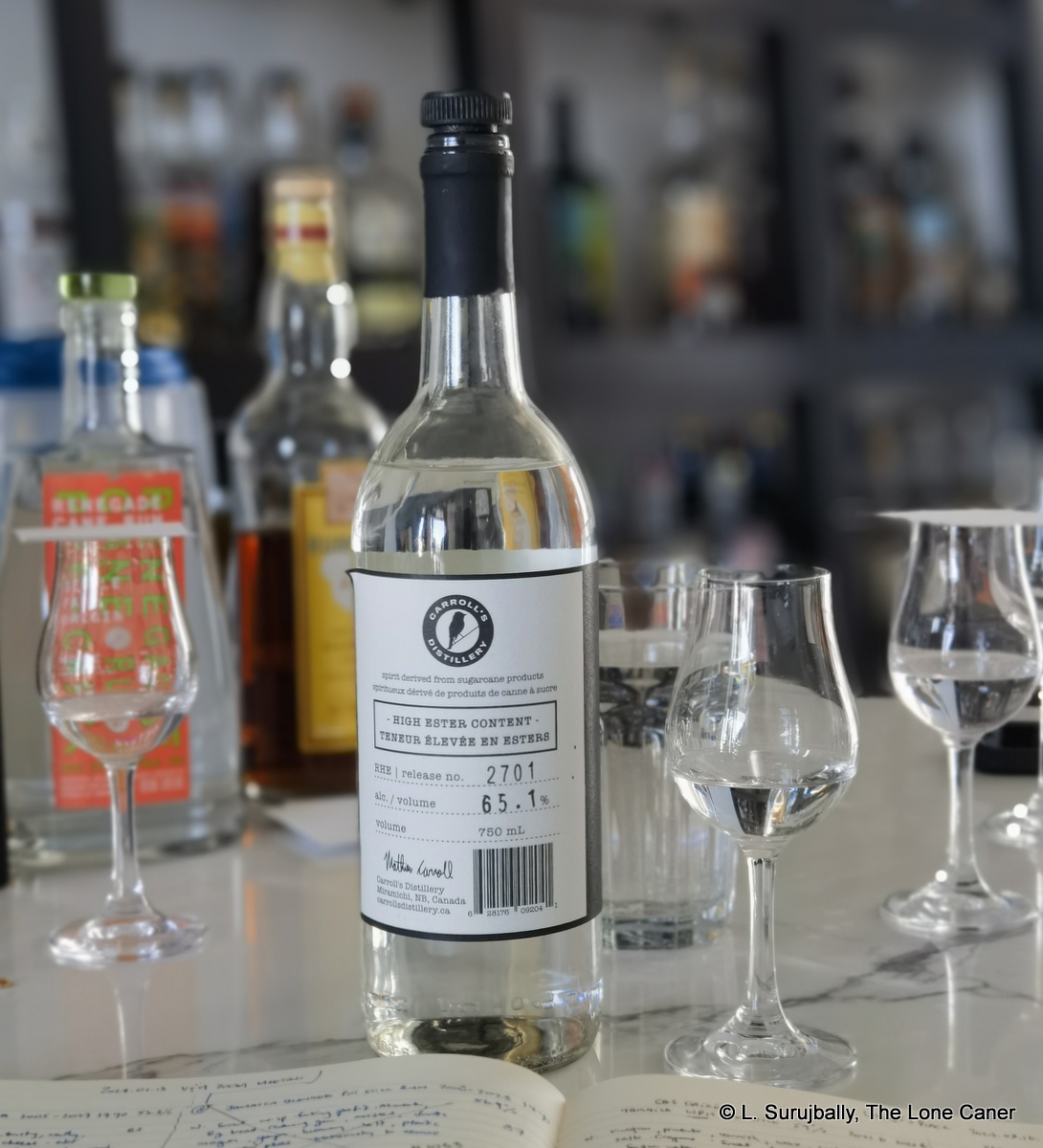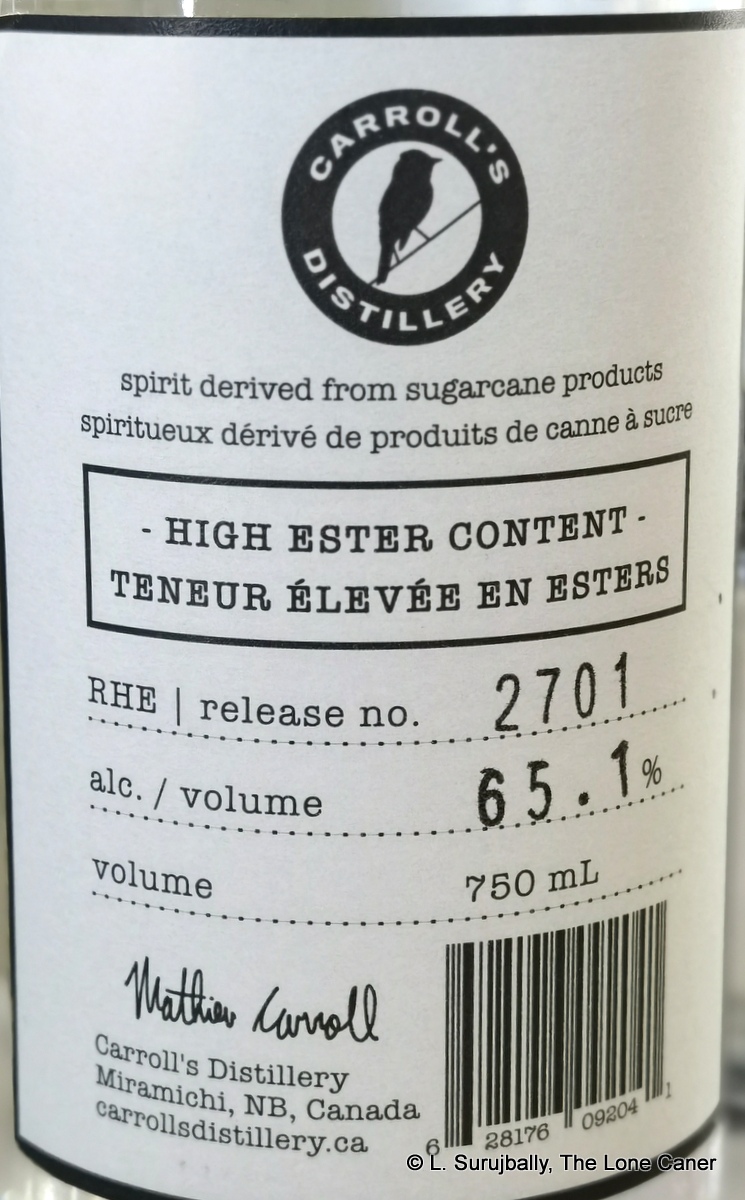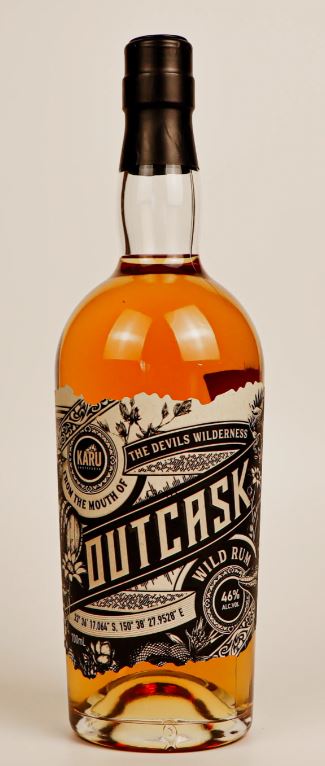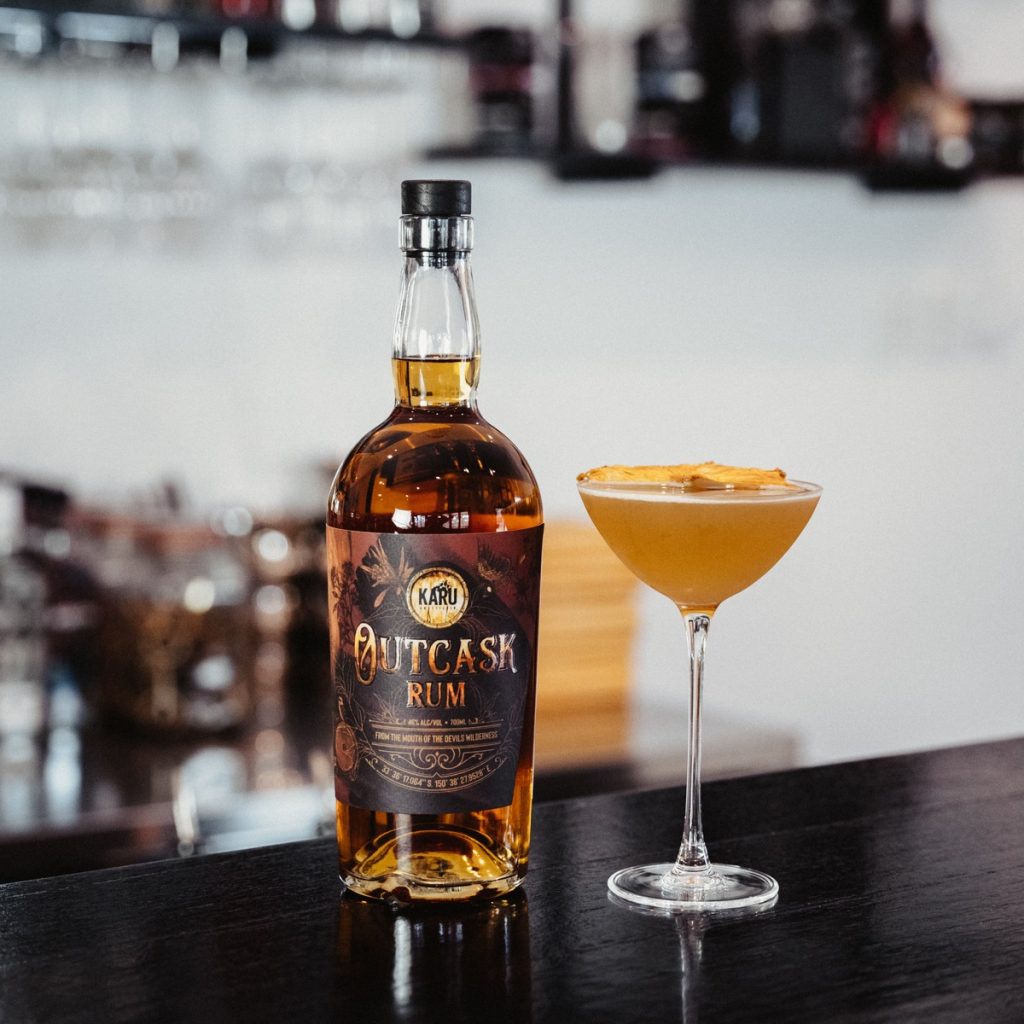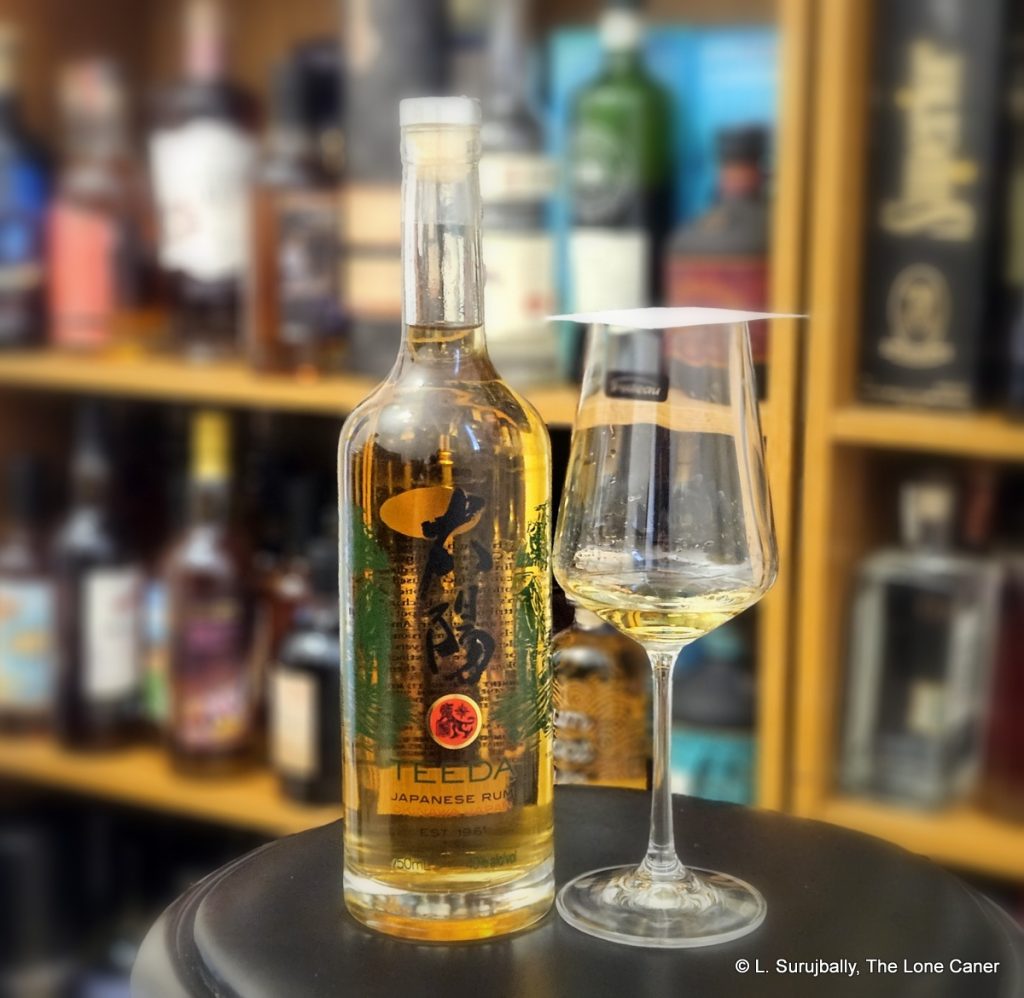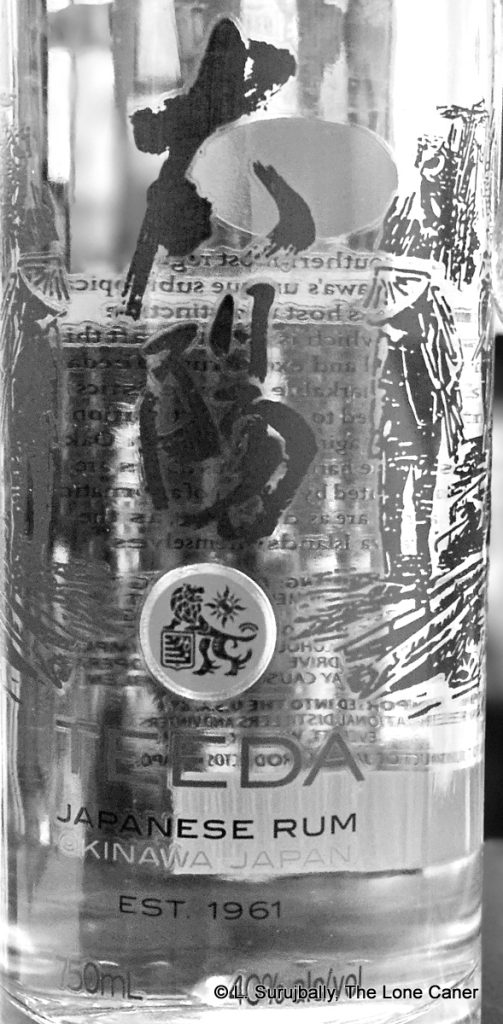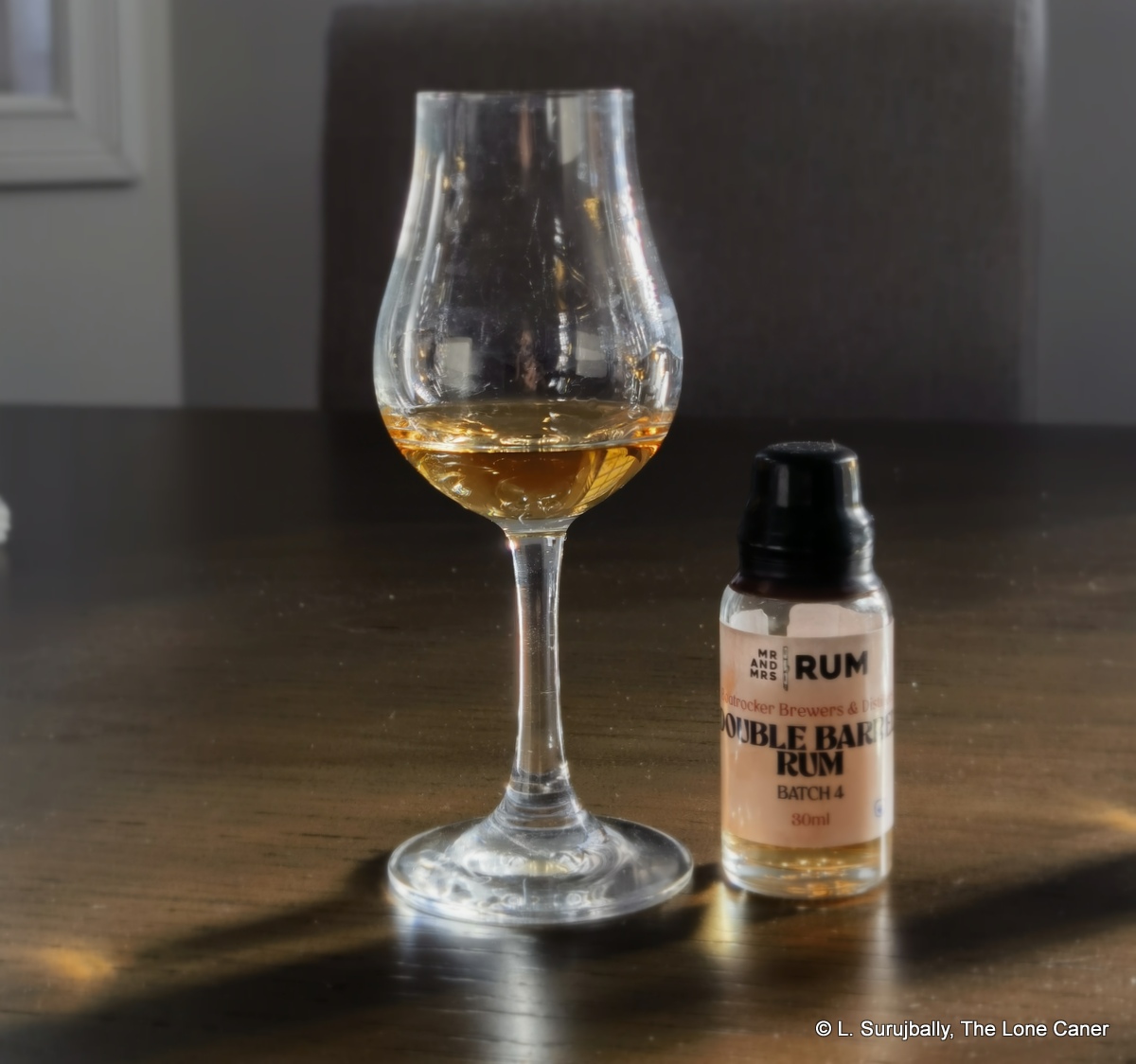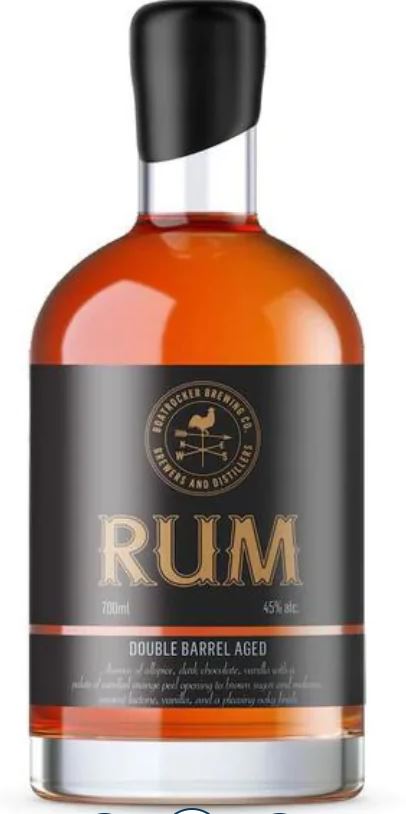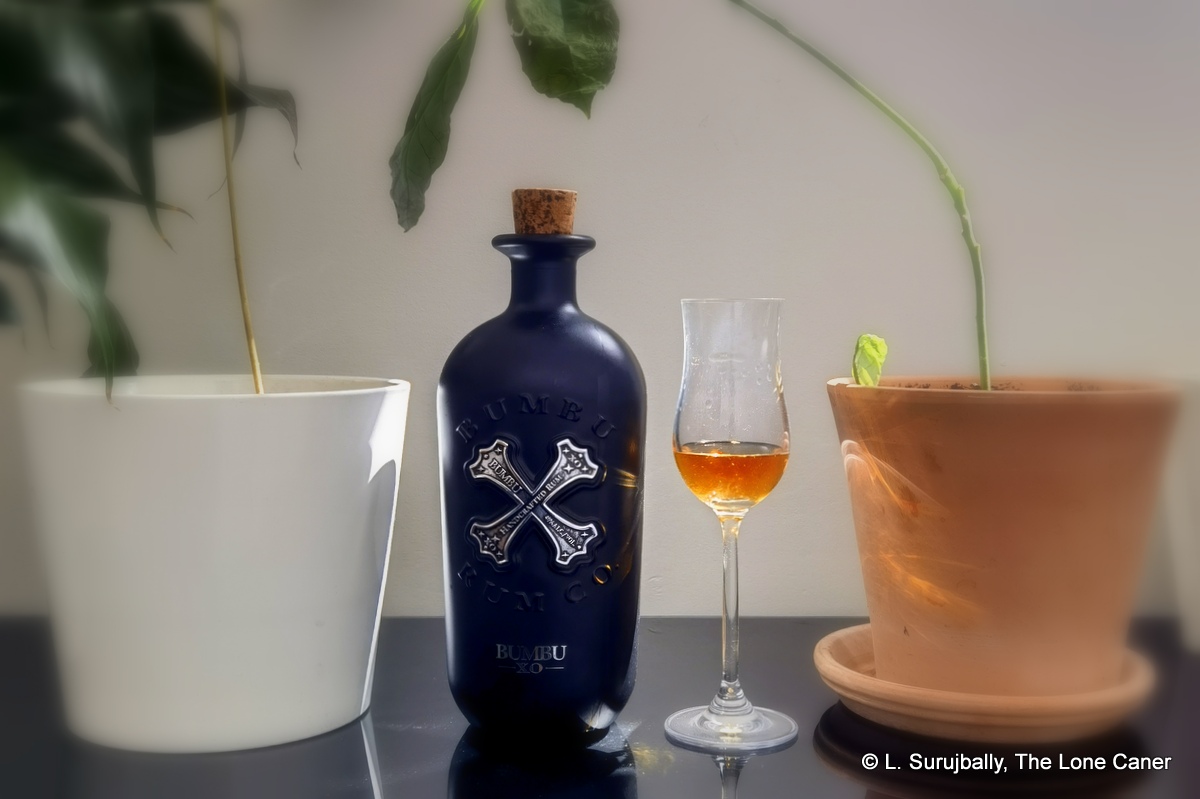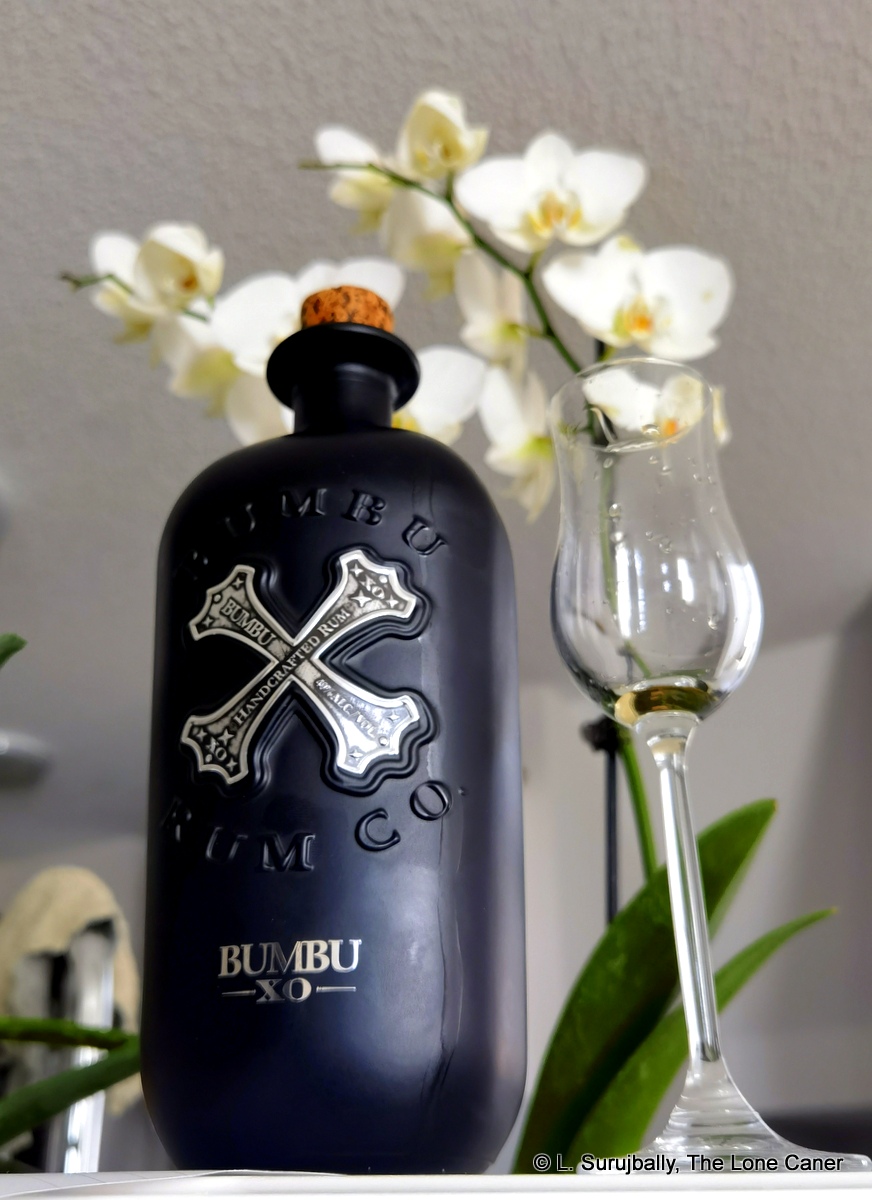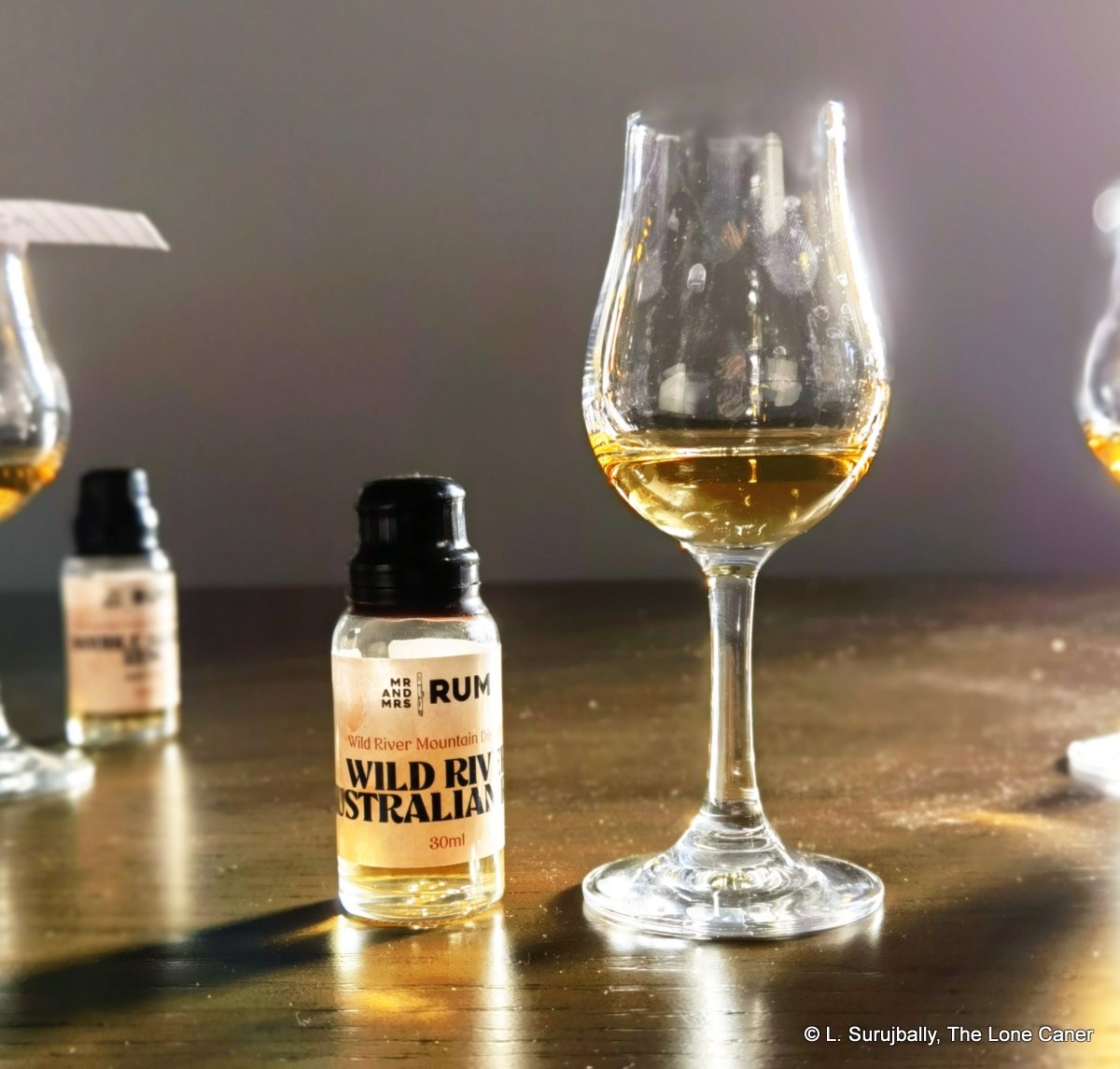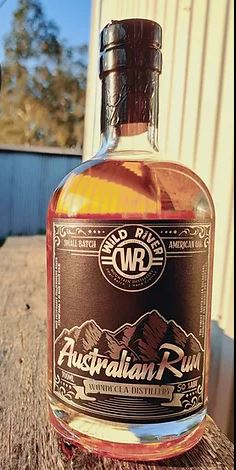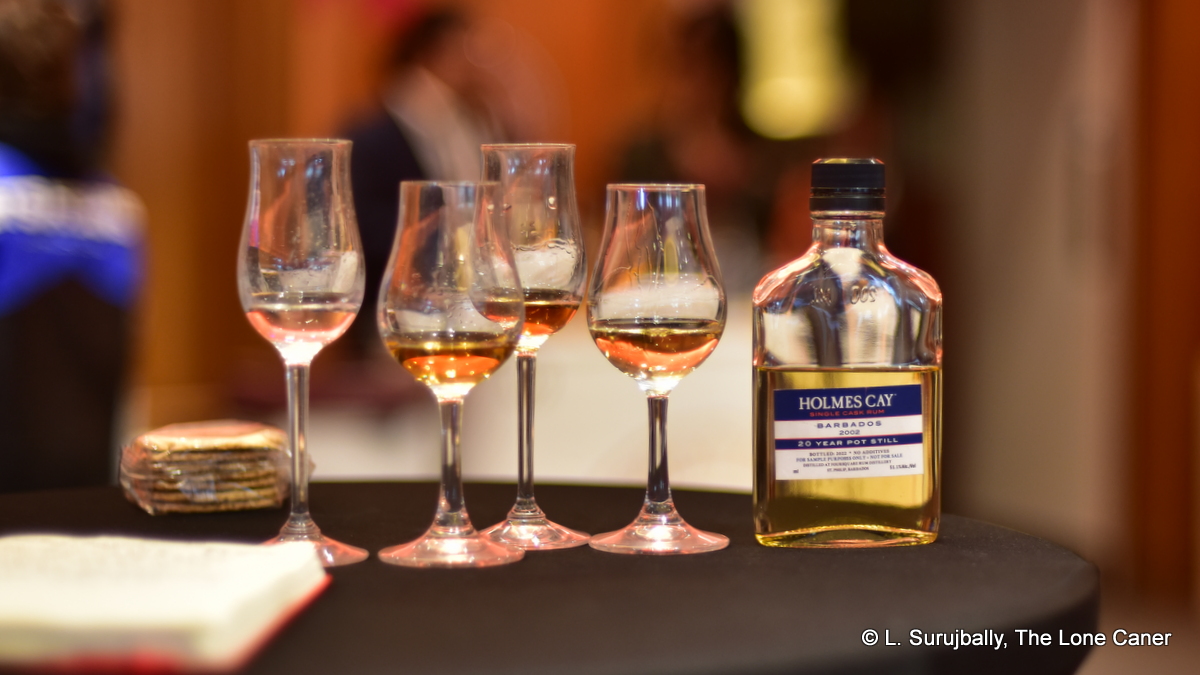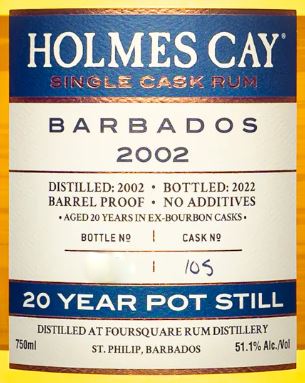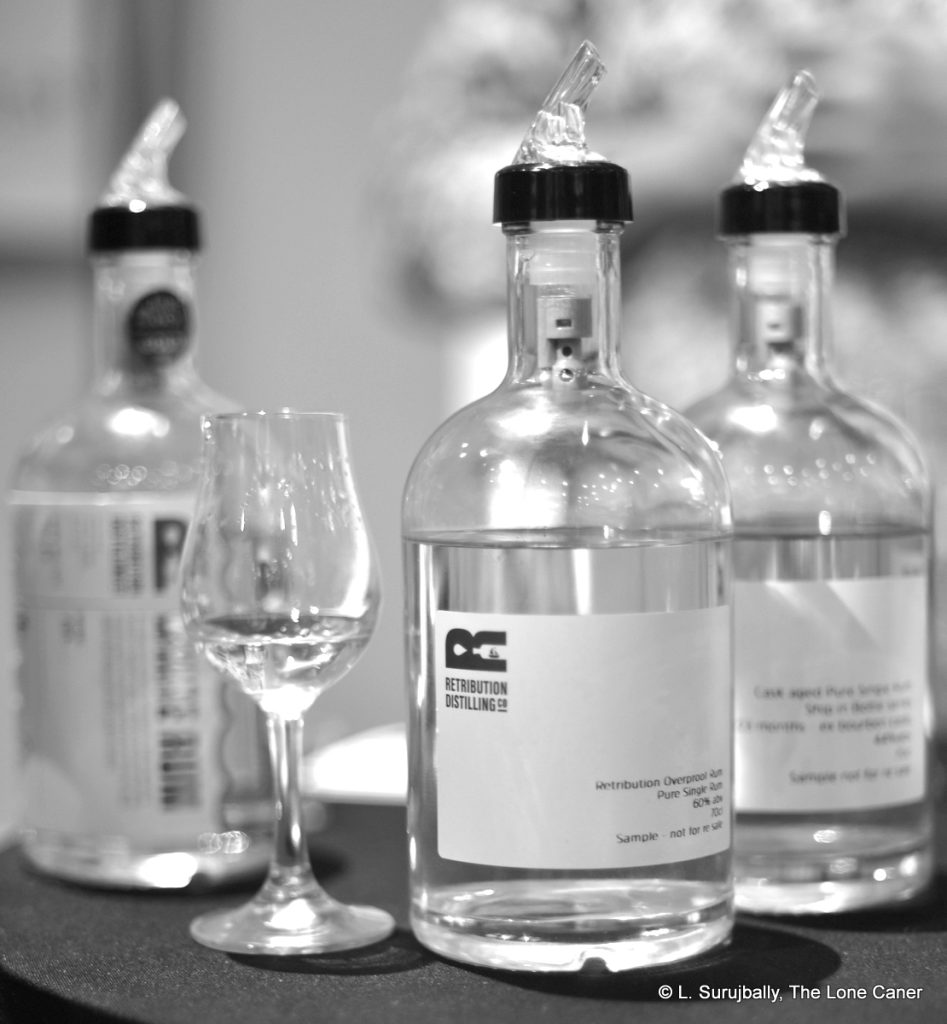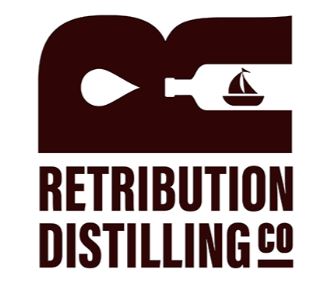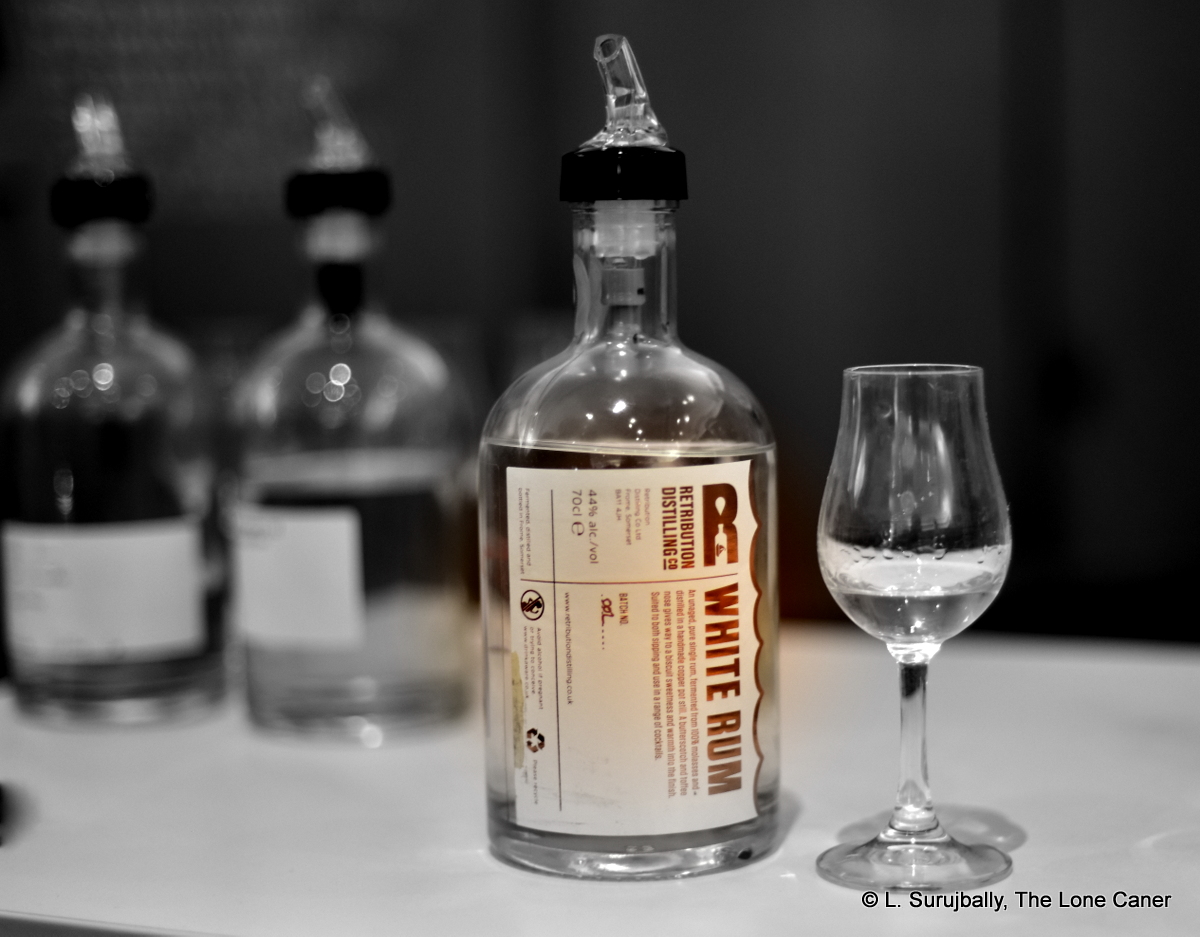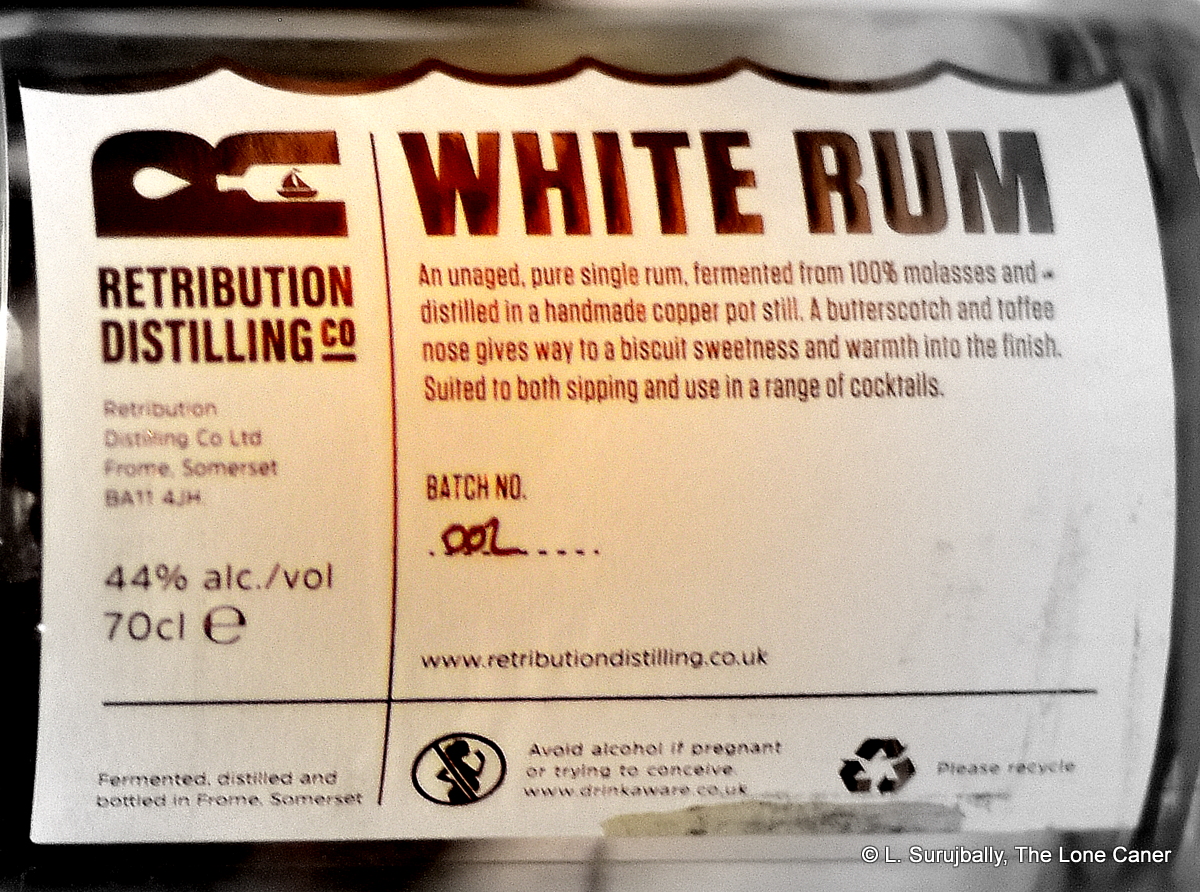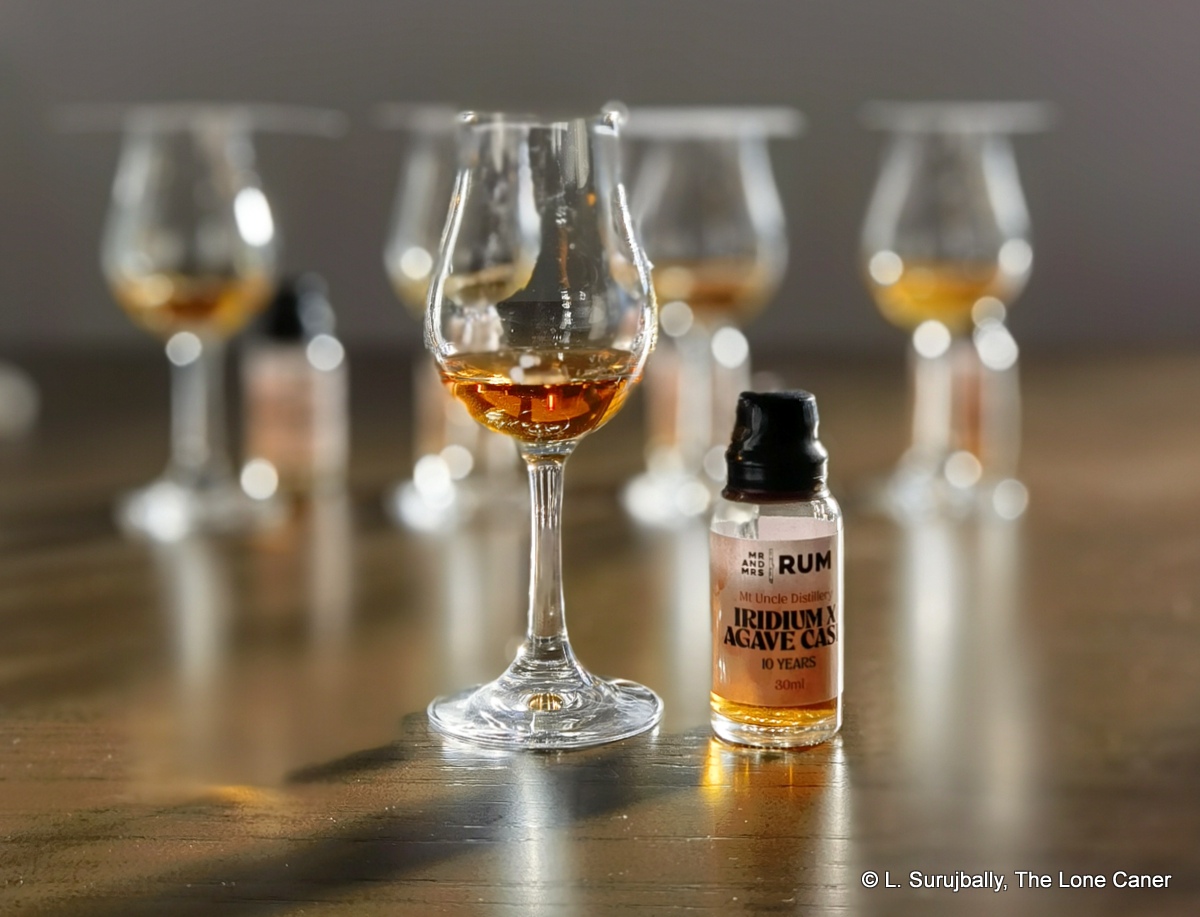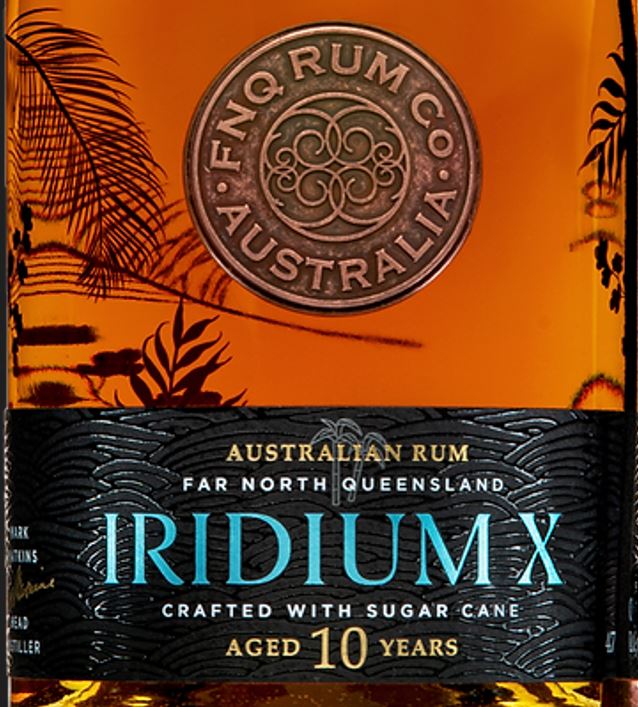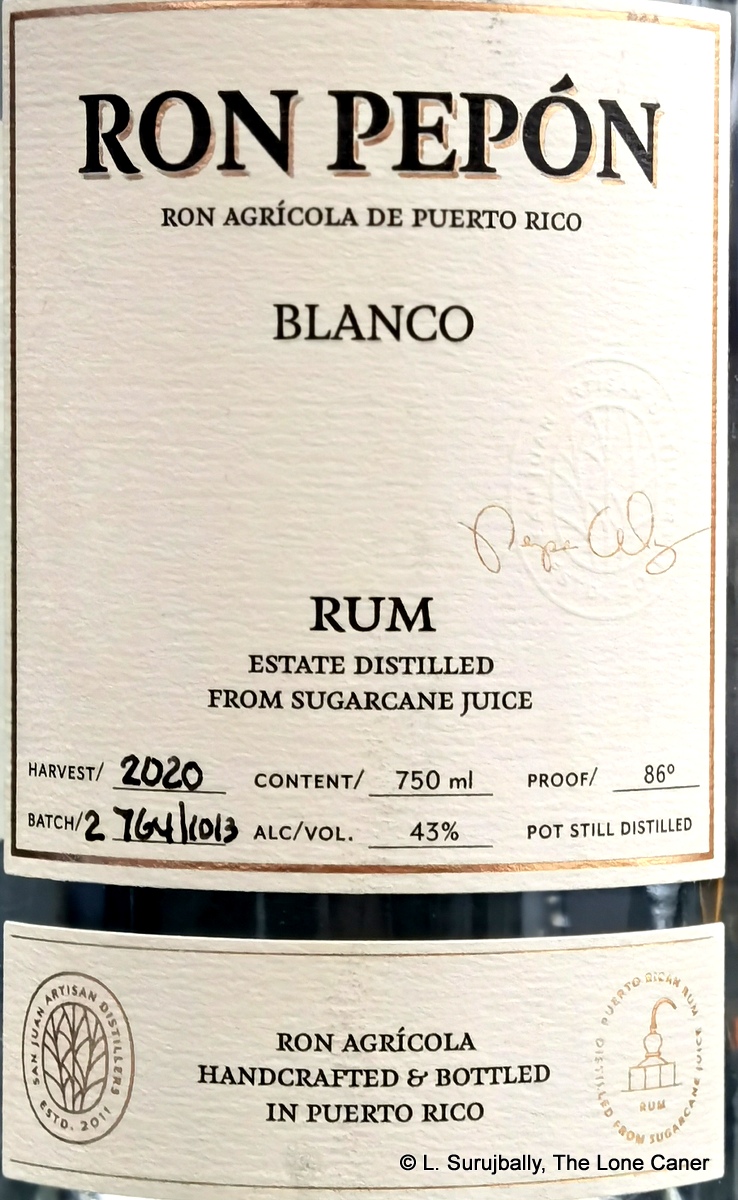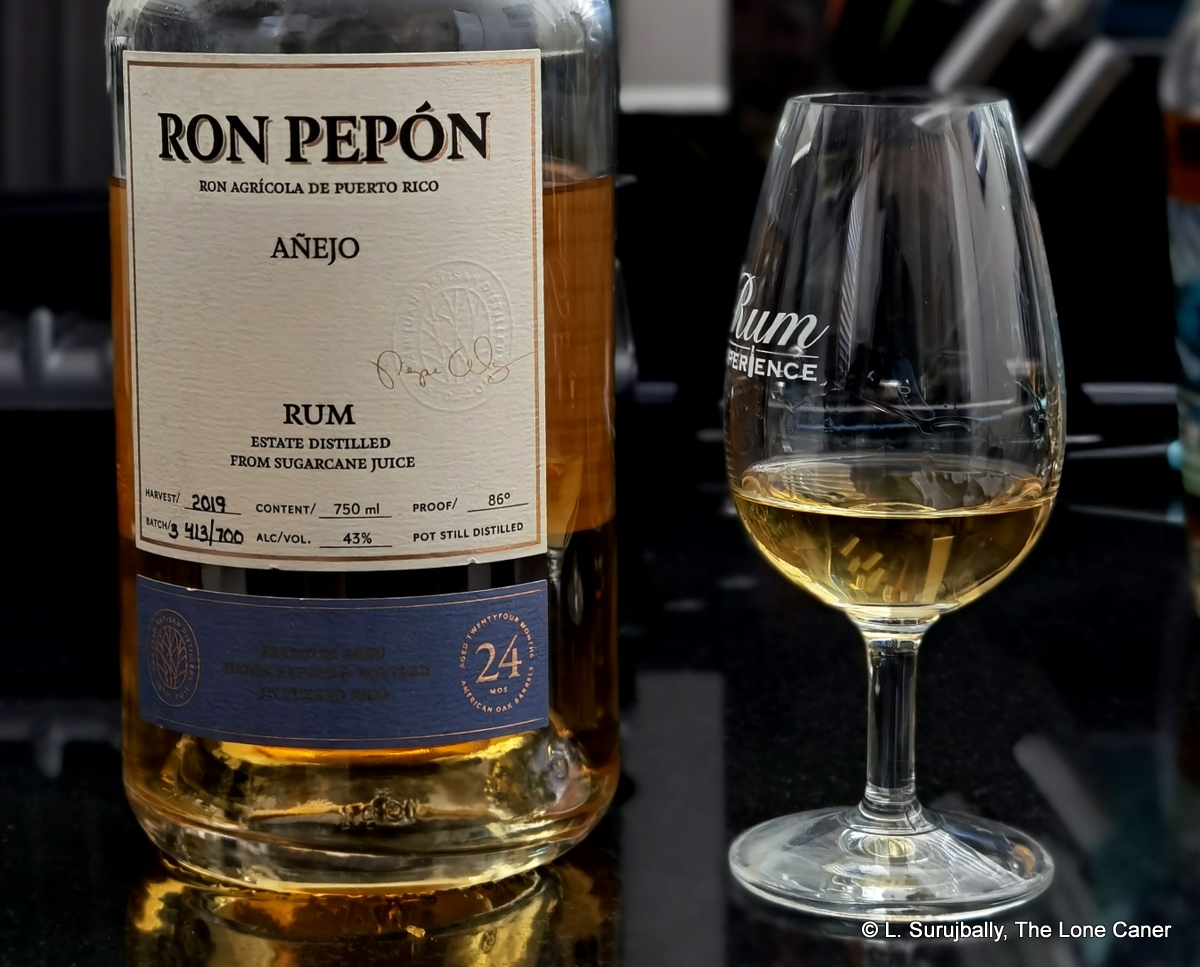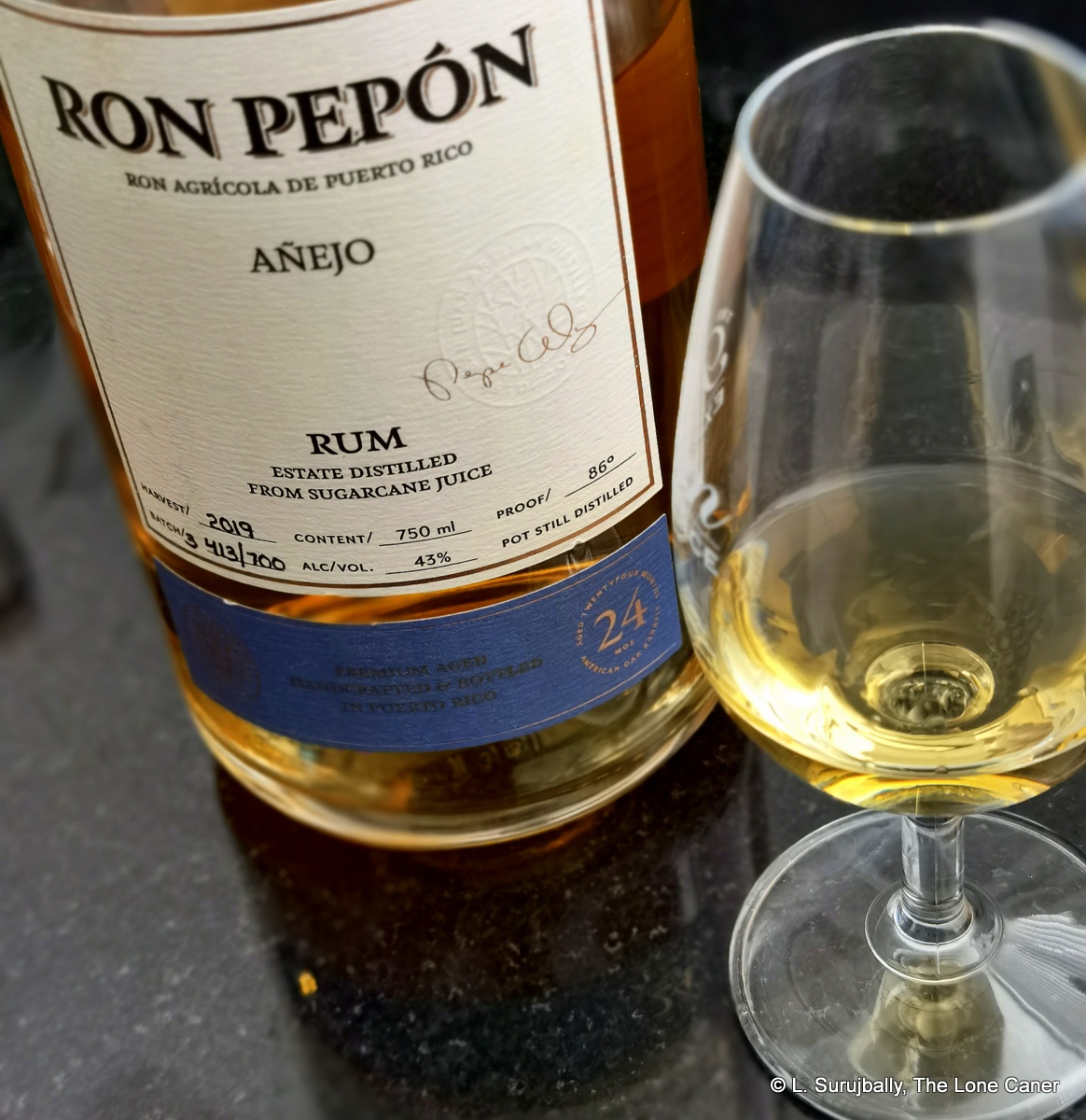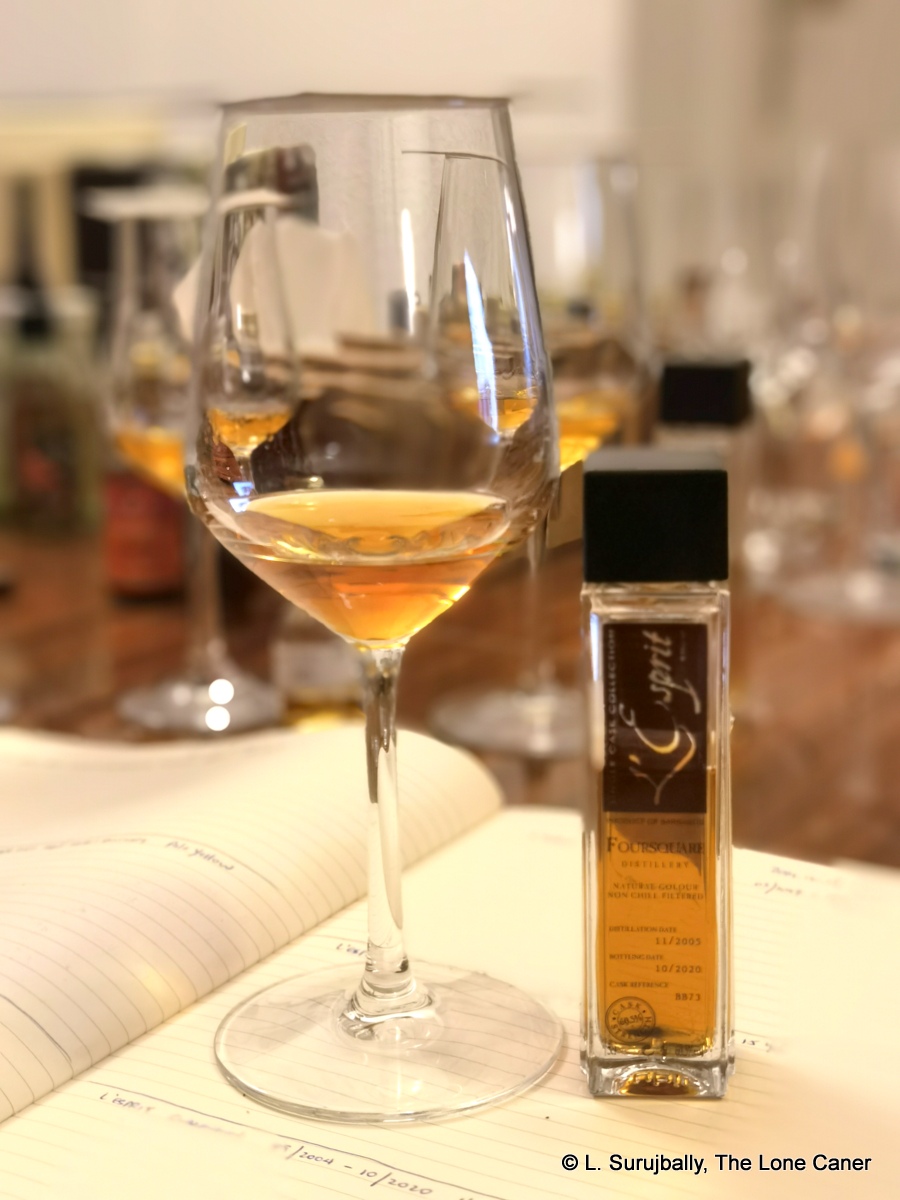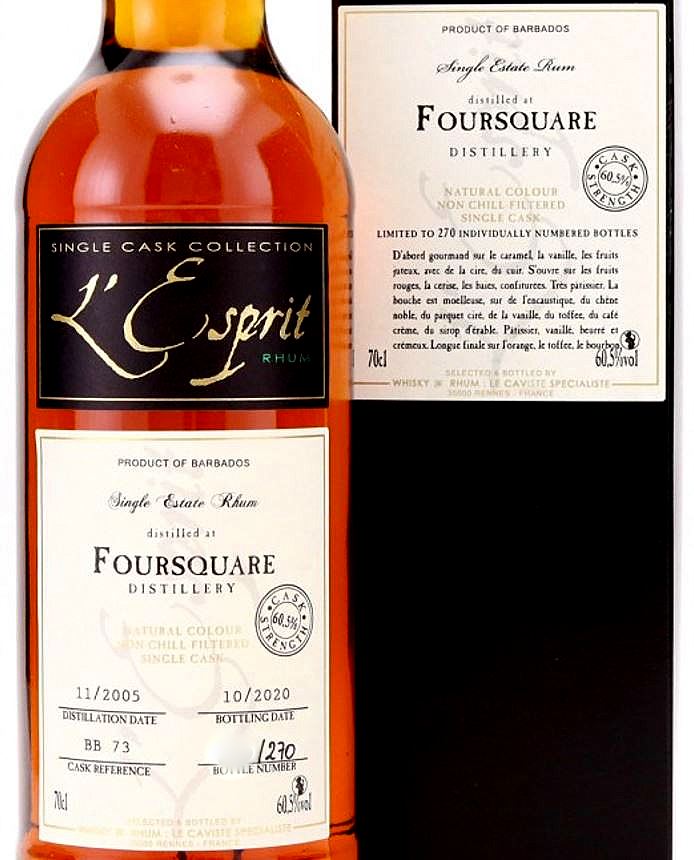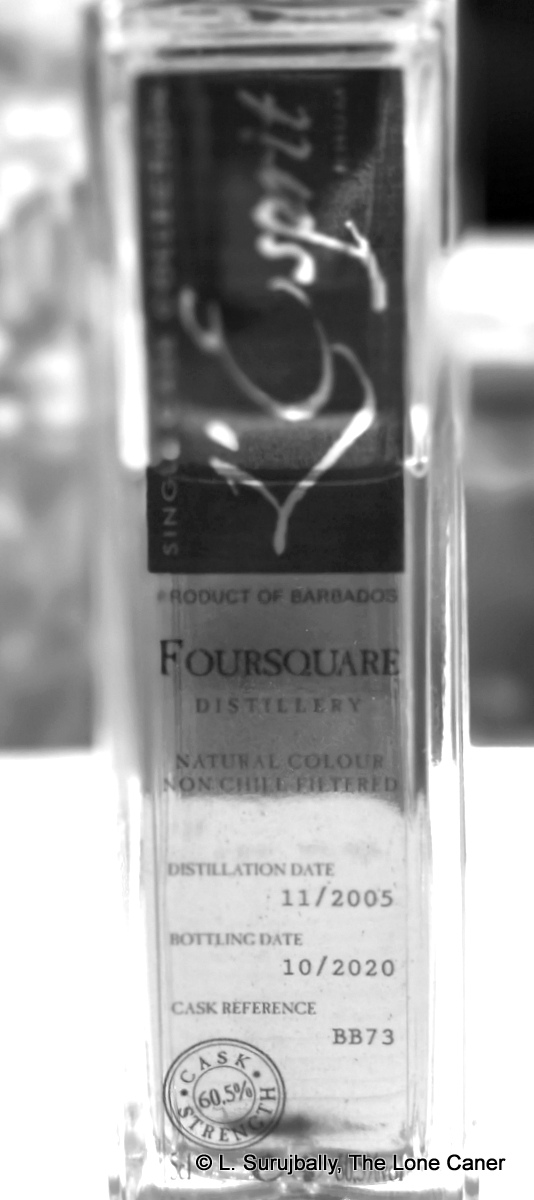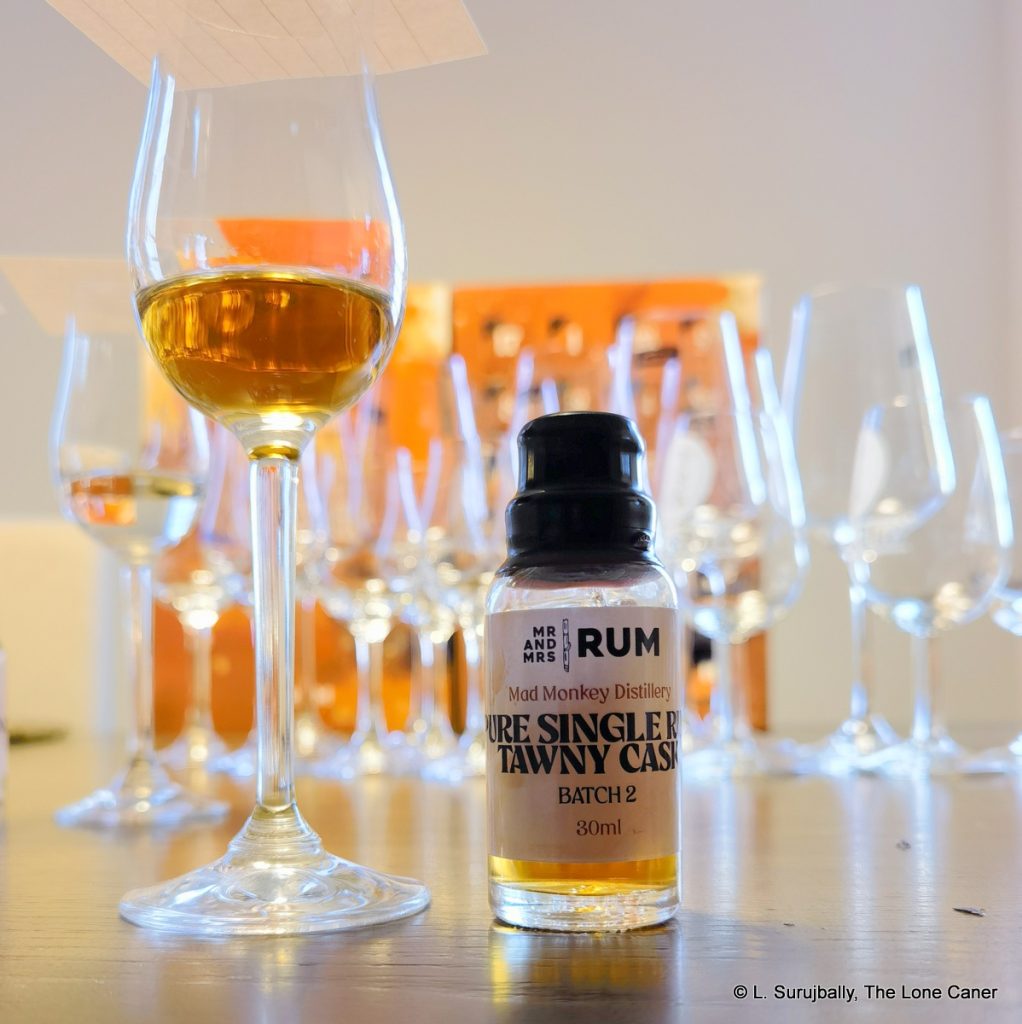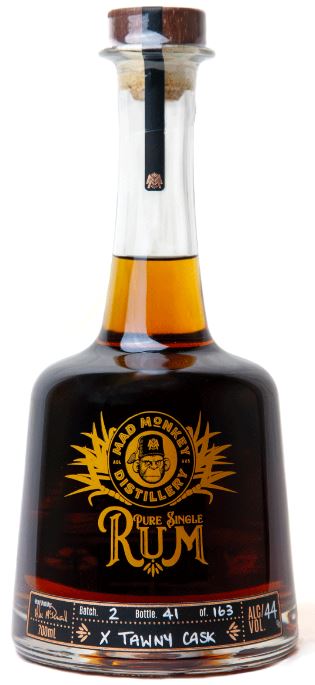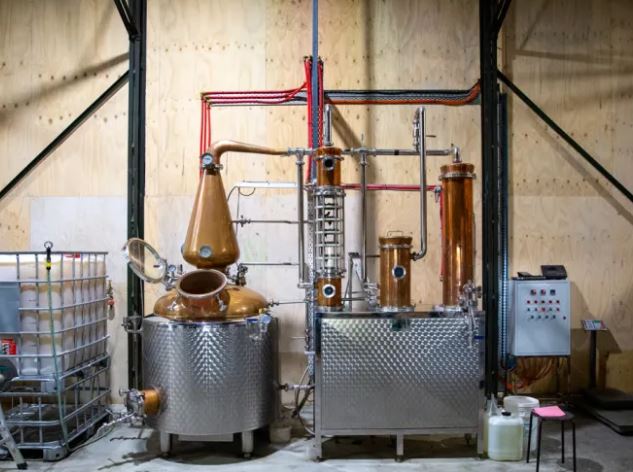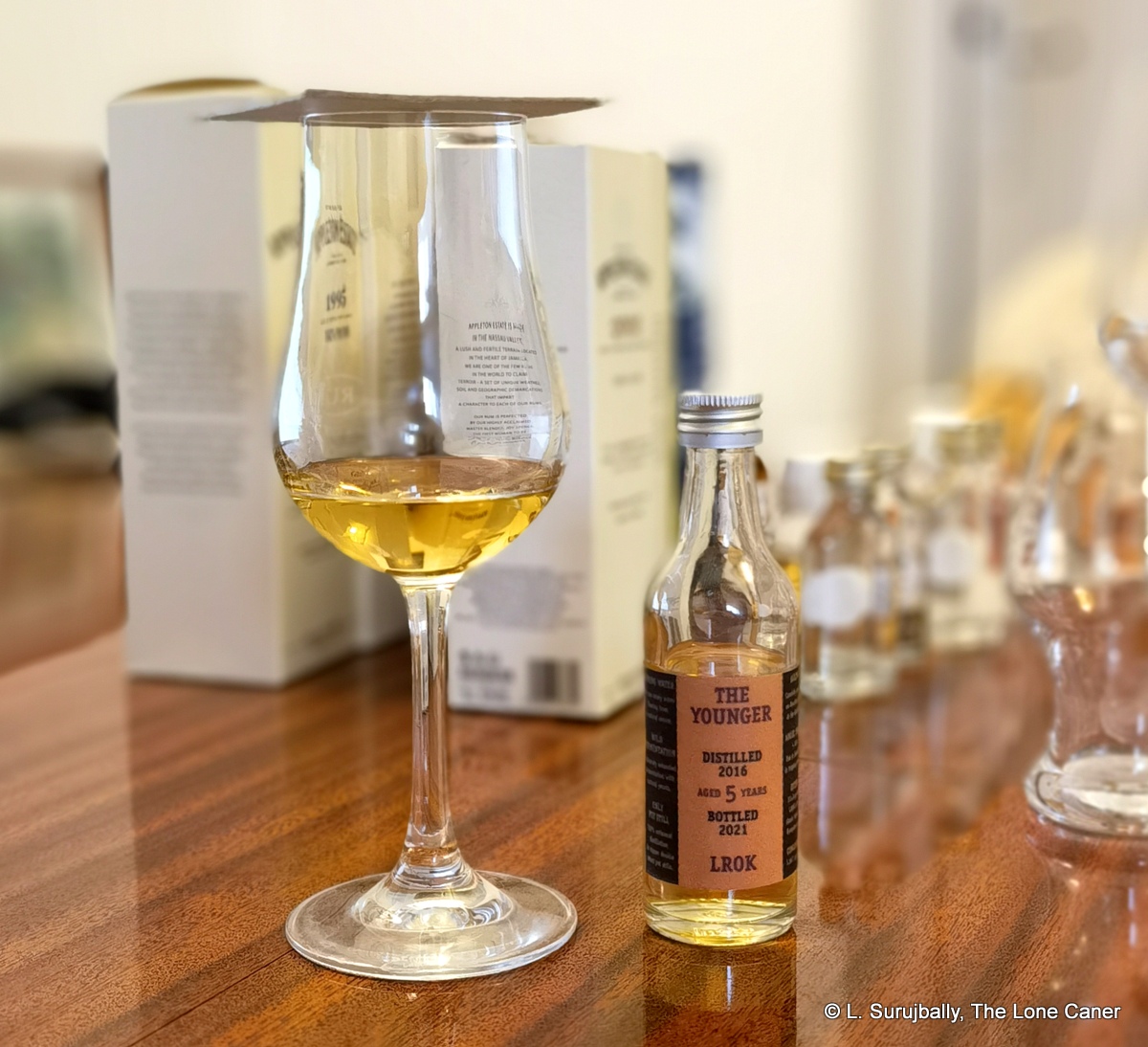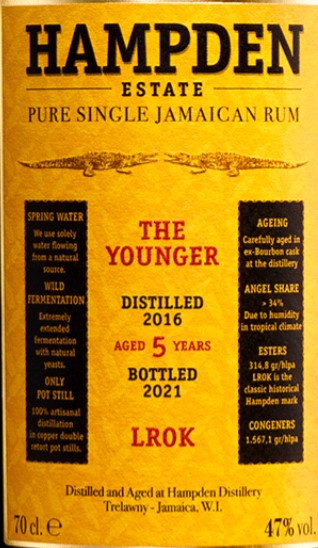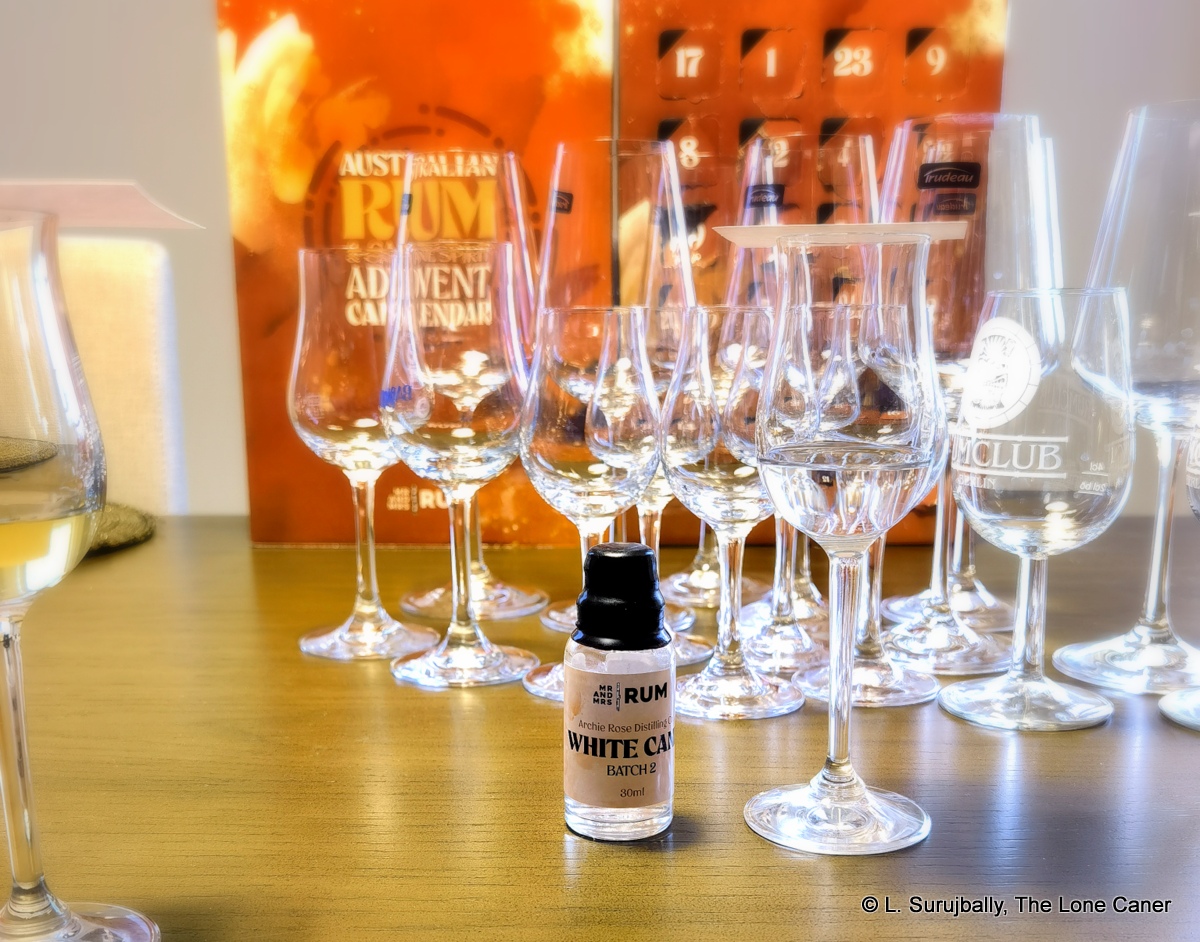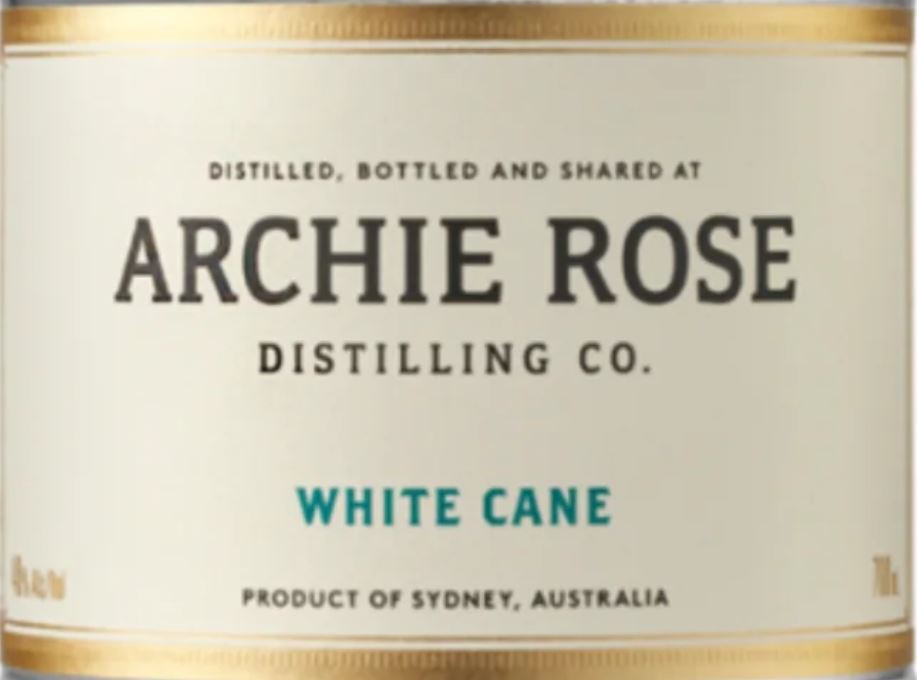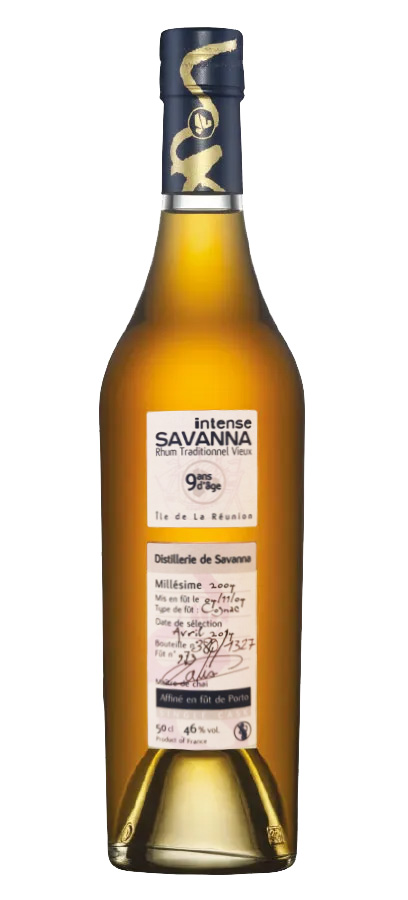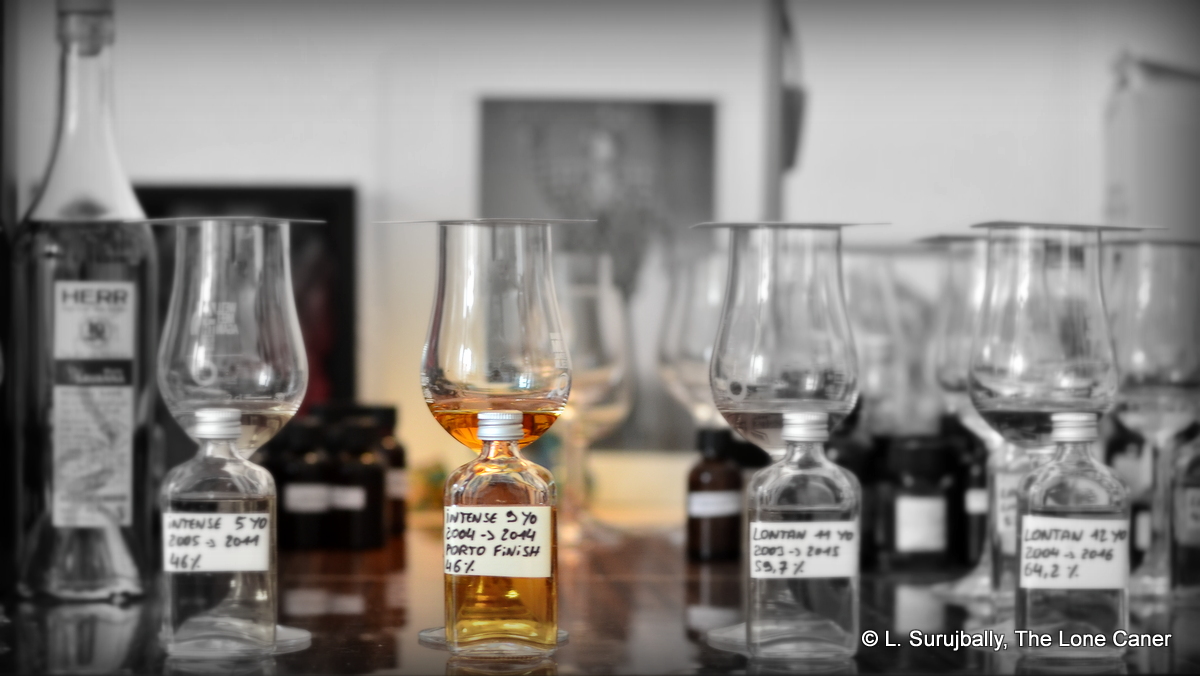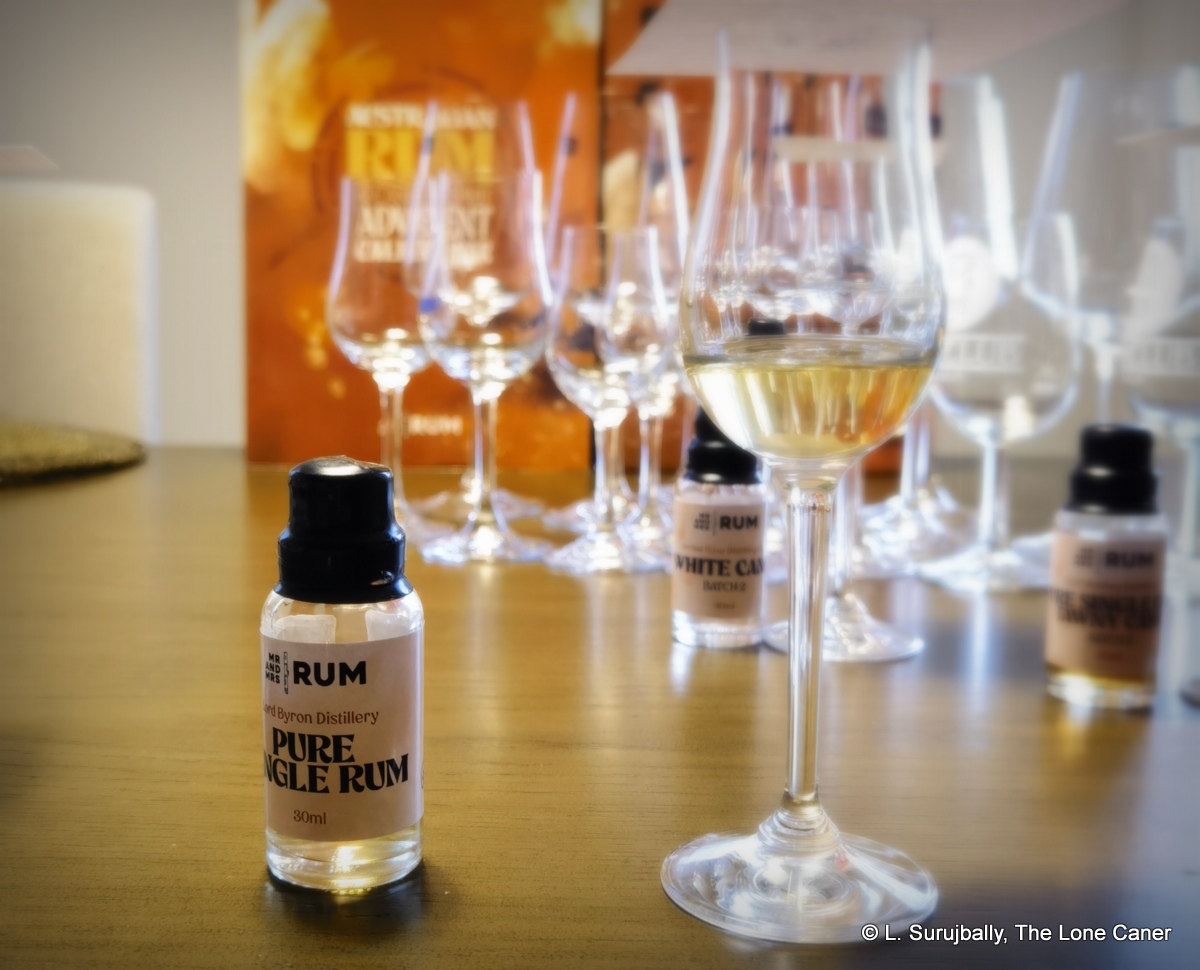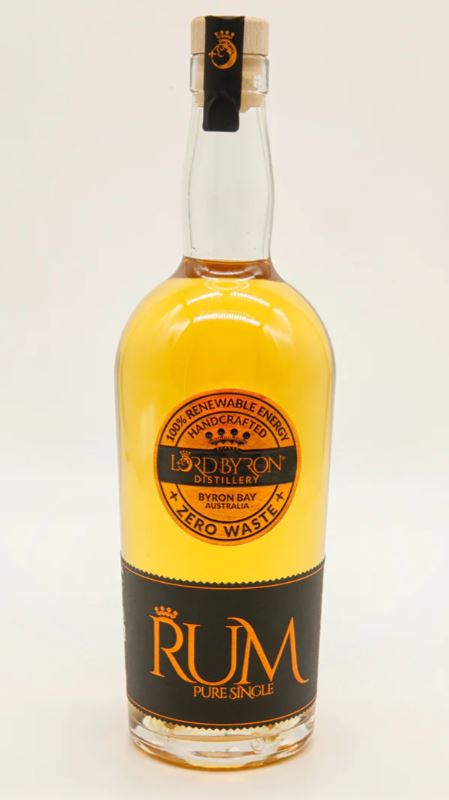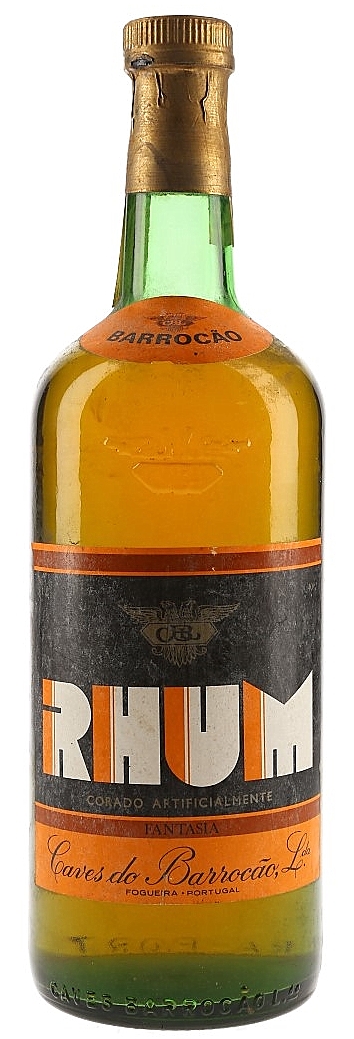Although it’s slowly changing, it’s still a good bet that if the average rum drinker were asked to name any Australian rums and the companies that made them, the two most common responses would be Bundaberg and Beenleigh. And whether or not one was a native of Australia, the general consensus would also be that the Bundie (located some distance north of Brisbane in Queensland) is foul hooch for the masses while Beenleigh (just south of Brisbane) aspires to something more highbrow and makes somewhat better regarded rums. Both export a lot and are known around the world, with Beenleigh having an edge in the indie bottling scene where several different expressions have come out in the last few years, as issued by various bottlers like Cadenhead, TBRC and others.
These simple statements are, however, somewhat at odds with the reality on the ground. For sure the downmarket Bundies don’t have a good reputation and often get savagely skewered (including by me), but starter-kit Beenleighs sold locally aren’t exactly hot-snot bees-knees either. Both have — in the last decade or so — diversified their rum portfolios to cater to all price points and issue rums of various ages and strengths, as well as special editions and anniversary releases and just simple experiments that some happy distiller decided to mess with one day and see what happened (if it didn’t detonate in his face first). And these are, in many cases, not half bad, no matter which outfit releases them
 Take this one for example, which is one of the best rum from Beenleigh I’ve ever tried. It’s a ten year old rum, molasses from Queensland, and pot distilled according to the company website but both the label and the advent calendar notes say pot-column blend and so confirmed by Steve Magarry, so there you have it. The “rare” portion of the title comes from its limited edition status – it came from a blend of only four barrels – and the barrels themselves, which were ex-Australian-brandy, and ex-bourbon American oak. The exact outturn is not stated but I would hazard that it’s around a thousand bottles.
Take this one for example, which is one of the best rum from Beenleigh I’ve ever tried. It’s a ten year old rum, molasses from Queensland, and pot distilled according to the company website but both the label and the advent calendar notes say pot-column blend and so confirmed by Steve Magarry, so there you have it. The “rare” portion of the title comes from its limited edition status – it came from a blend of only four barrels – and the barrels themselves, which were ex-Australian-brandy, and ex-bourbon American oak. The exact outturn is not stated but I would hazard that it’s around a thousand bottles.
For a 46% ABV rum it noses really well, combining both sweet and sour in an amalgam that presents the best of lychees, ginnips, gooseberries and ice wine. There are also apricots peaches and some very ripe dark cherries, buffeting the nose in solid pungent aromatic waves, accompanied – as the rum opens up later – by honey, freshly buttered hot croissants, and some dusty cardboard that is far from unpleasant. This is seriously one fine nose.
The taste is great stuff. A lot of what one senses when smelling it comes back for an encore here: the sweet solidity of honey, lychees, pineapple slices, cashews, ripe apples and pears, combined with subtler tastes of watermelon and papaya. Into this is mixed cinnamon, vanilla and caramel, some olive oil (!!) and a last flirt of ripe red grapes and cardamom helps make the finish an easy and memorable one.
The achievement of being able to represent so many flavors considerable when one considers the 46%, and I wonder whether it was the same 2013 batch of juice that La Maison & Velier released last year. It is soft yet firm, tasty without being threatening, and its only drawback may be the price (AUS$160 / about US$110) which is somewhat high for a ten year old…but maybe not, given the hoops we’d have to jump through to get any.
I have not tasted a whole lot of Bundabergs recently, yet looking at their portfolio these days, I’m not seeing a whole lot they’re making that can catch up with this one. Be that as it may let’s just give Beenleigh the plaudits they deserve here. I think the rum is great, really well assembled, tastes wonderful and isn’t bottled at some stratospheric proof that leaves you gasping, or with so few bottles you’ll never see any. It’s something to drink sparingly and with great enjoyment, if one turns up on your doorstep.
(#1074)(87/100) ⭐⭐⭐⭐
Other notes
- From the 2023 advent calendar Day 18
